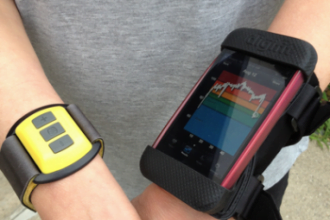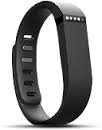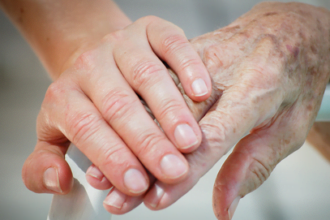Successful bone fusion requires three critical elements: an osteogenic potential capable of directly providing cells to the newly forming bone, osteoinductive factors that can cause osteoprogenitor stem cells to differentiate into osteoblasts, and an osteoconductive scaffold that facilitates neovascularization and supports the ingrowth of bone.
Successful bone fusion requires three critical elements: an osteogenic potential capable of directly providing cells to the newly forming bone, osteoinductive factors that can cause osteoprogenitor stem cells to differentiate into osteoblasts, and an osteoconductive scaffold that facilitates neovascularization and supports the ingrowth of bone.
 While autograft has traditionally been the material of choice for spinal fusion, there has been an unacceptably high rate of pseudoarthrosis has been reported in the literature, ranging from 5-43%. This has helped to drive development of new and improved procedures and new devices intended to improve the rate of successful spinal fusion, but symptomatic pseudoarthrosis has continued to be reported at rates of 10-15%. In addition, the frequent incidence of pain at the site of the bone graft harvest has always been a serious drawback to the use of autograft for spinal fusion. Problems such as these have caused surgeons and companies to search for novel biological strategies and materials that may serve as alternatives to autograft, to stimulate strong and successful bone fusion.
While autograft has traditionally been the material of choice for spinal fusion, there has been an unacceptably high rate of pseudoarthrosis has been reported in the literature, ranging from 5-43%. This has helped to drive development of new and improved procedures and new devices intended to improve the rate of successful spinal fusion, but symptomatic pseudoarthrosis has continued to be reported at rates of 10-15%. In addition, the frequent incidence of pain at the site of the bone graft harvest has always been a serious drawback to the use of autograft for spinal fusion. Problems such as these have caused surgeons and companies to search for novel biological strategies and materials that may serve as alternatives to autograft, to stimulate strong and successful bone fusion.
[Inset: DePuy Vertigraft]
A number of companies are working in the Biologics space, not only marketing present products but also developing novel proprietary products. Among the interesting developments worth watching are new technologies for bone and disc regeneration, and advances in gene therapy and in osteoinductive proteins and carrier matrices, and mesenchymal stem cells.
See the MedMarket Diligence report #M520 for details (interim report available).









